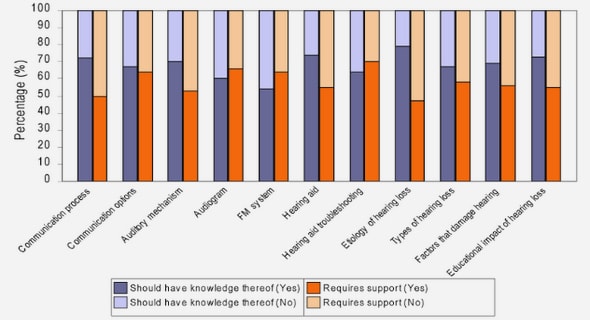(Downloads - 0)
For more info about our services contact : help@bestpfe.com
Table of contents
Introduction
1.1 Introduction in English
1.1.1 Principal used methods
1.1.2 Local Indirect Stabilization of two coupled wave equations under geometric conditions
1.1.3 Exact controllability and stabilization of locally coupled wave equations
1.1.4 Stability of a Bresse system with local Kelvin-Voigt damping and non-smooth coecient at interface
1.2 Introduction in French
1.2.1 Methodes principales utilisees
1.2.2 Stabilite indirecte locale de deux equations d’ondes couplees sous des conditions geometriques
1.2.3 Contr^ollabilite exacte et stabilite des equations d’ondes localement couplees
1.2.4 Stabilite d’un systeme de Bresse avec amortissement local Kelvin-
Voigt et coecient non reguliere a l’interface
2 Local indirect stabilization of N-d system of two coupled wave equations under geometric conditions
2.1 Introduction
2.2 Well posedness and strong stability
2.2.1 Well posedness of the problem
2.2.2 Strong stability
2.3 Exponential stability, the case a = 1
2.4 Non uniform stability in the case a 6= 1
2.5 Polynomial stability in the case a 6= 1
2.6 Optimality of the polynomial energy decay rate
3 Exact controllability and stabilization of locally coupled wave equations
3.1 Introduction
3.1.1 Motivation and aims
3.1.2 Literature
3.1.3 Description of the chapter
3.2 Well posedeness and strong stability
3.3 Exponential stability and exact controllability in the case a = 1
3.3.1 Exponential stability
3.3.2 Observability and exact controllability
3.4 Exponential stability and exact controllability in the case a 6= 1
3.4.1 Exponential stability in the weak energy space
3.4.2 Observability and exact controllability
3.5 Numerical approximation : Validation of the theoretical results
3.5.1 Finite dierence scheme in one dimensional space
3.5.2 Numerical experiments : validation of the theoretical results
3.6 General conclusion
4 Stability of a Bresse system with local Kelvin-Voigt damping and non- smooth coecient at interface
4.1 Introduction
4.2 Well-posedness of the problem
4.3 Strong stability of the system
4.4 Analytic stability in the case of three global dampings
4.5 Exponential stability in the case of three local smooth dampings
4.6 Polynomial stability in the case of three local non smooth dampings
4.7 Lack of exponential stability
4.8 Polynomial stability in the case of one local dampin



